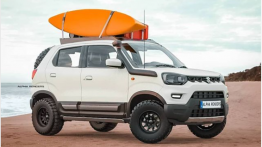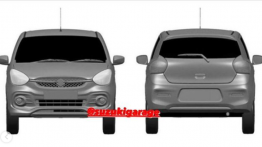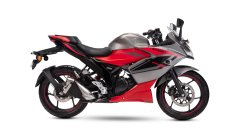Maruti Suzuki India is targeting annual production of 3 million units by 2025, Chairman RC Bhargava said in the company's Annual Report for 2017-18. India's number 1 car maker also sees its costs coming down due to a new royalty formula signed with parent Suzuki Motor Corp, wherein by 2025 it would pay a royalty on all models to parent Suzuki in Indian Rupee terms and not Japanese Yen.
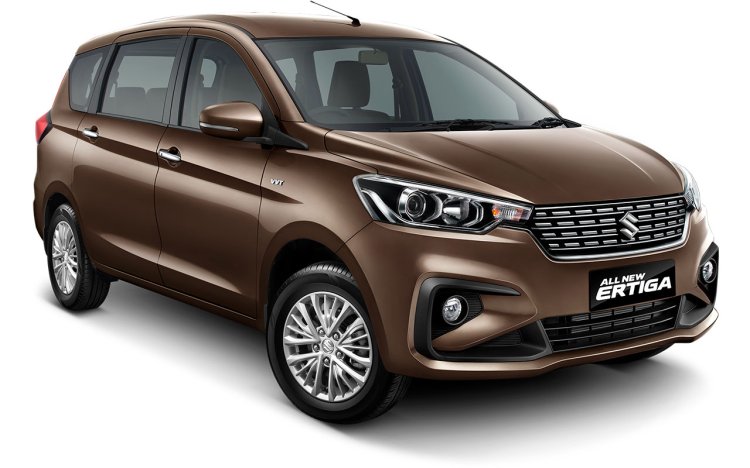
To achieve the new production target, Maruti has an exciting mix of products due to arrive from now till the early part of the next decade. Product launches this calendar year include the 2018 Maruti Ciaz facelift and the second generation 2018 Maruti Ertiga (codename YHB). These two vehicles will introduce a new 1.5-liter K15B VVT petrol engine in the Indian market which will be a mainstay of future products in the premium segment. In the compact segment, Maruti aims to create a bang with the launch of the 2019 Maruti Wagon R, which is expected this festive season with a 7-seat variant that will slot below the new Ertiga.
However, that is not all as Maruti plans on introducing a crossover also on the YHB platform, which, when launched, will be its largest SUV. However, the new Suzuki Jimny, if decided for the Indian market, will come only next decade. This educated guess is based on the fact that Maruti will prioritize renewing existing model lines and meeting new emission and safety standards before diving into niches.
The new Maruti Wagon R is also reported to spearhead Maruti's EV plans, and the technology would trickle to other products quickly if the response is positive. Going by current lifecycle plans, Maruti's future small car portfolio will include the Celerio's successor, a new Alto and a rival to the Renault Kwid with styling elements coming from the Maruti Future-S concept that was showcased at the 2018 Auto Expo.
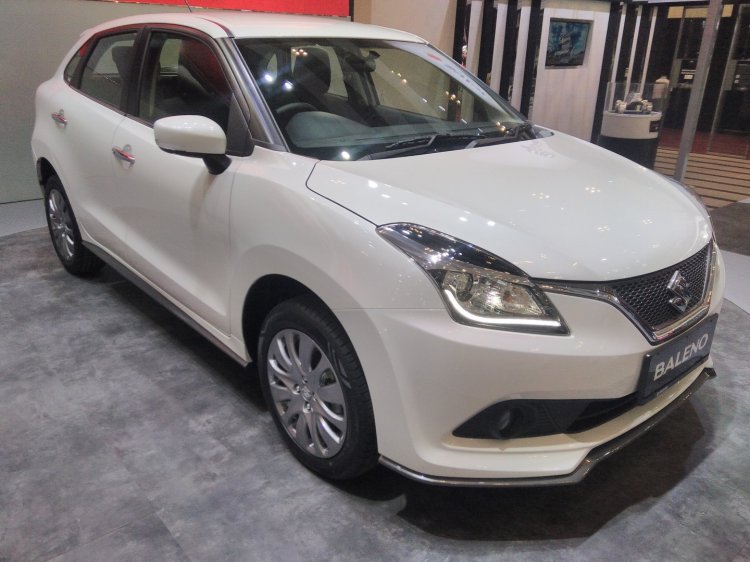
Also read: 8 Suzuki cars you cannot buy in India
Maruti's workhorses meanwhile, the Omni and Eeco, if they have to stay in the market, will need upgrades to their structure and interior to accommodate airbags to meet crash test norms. The company will also likely introduce mid-cycle facelifts for the Ignis and Baleno within 18 months.












